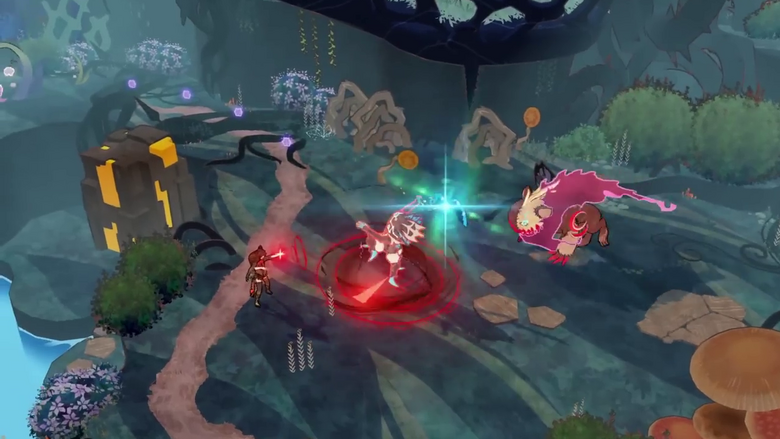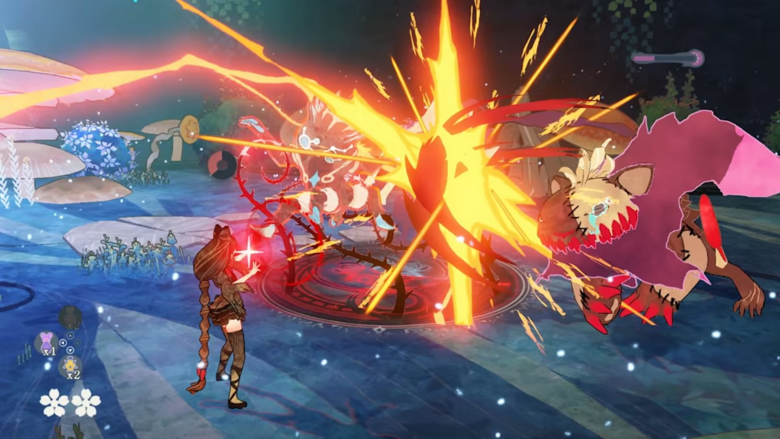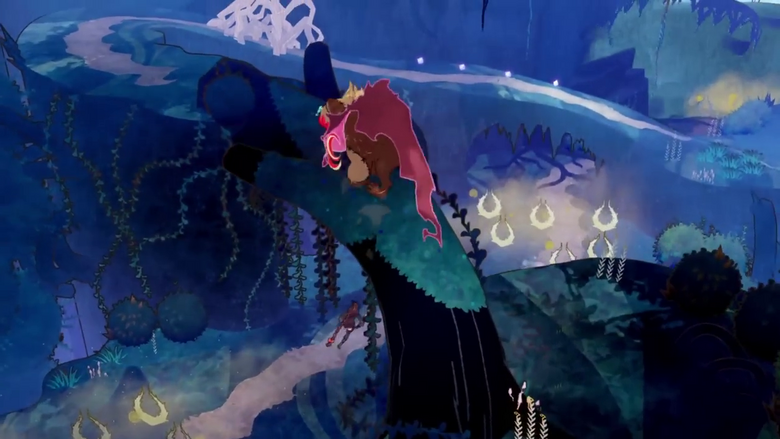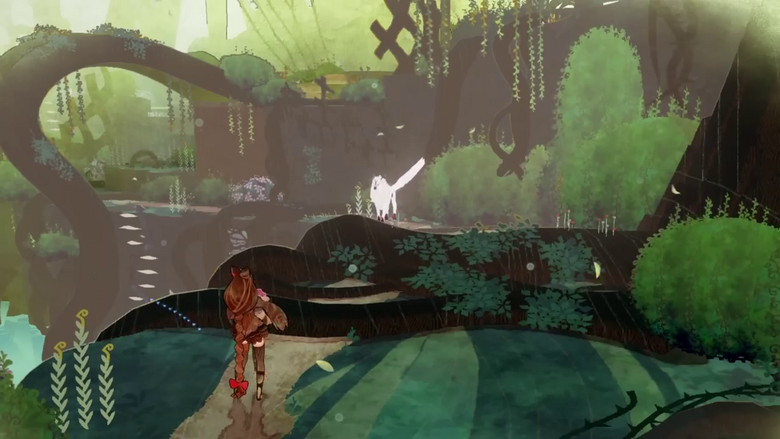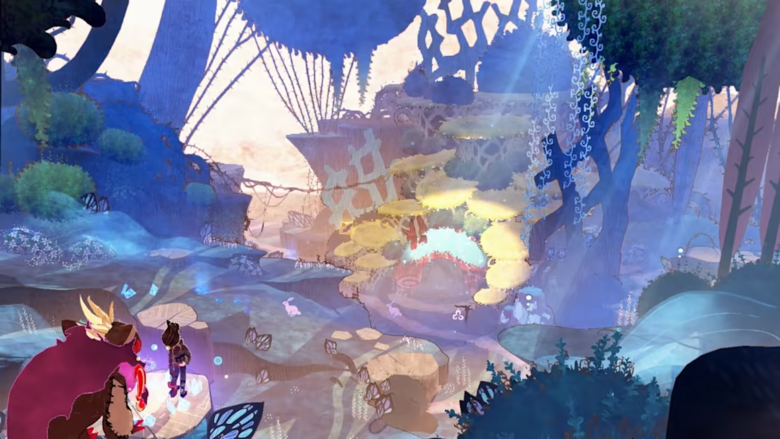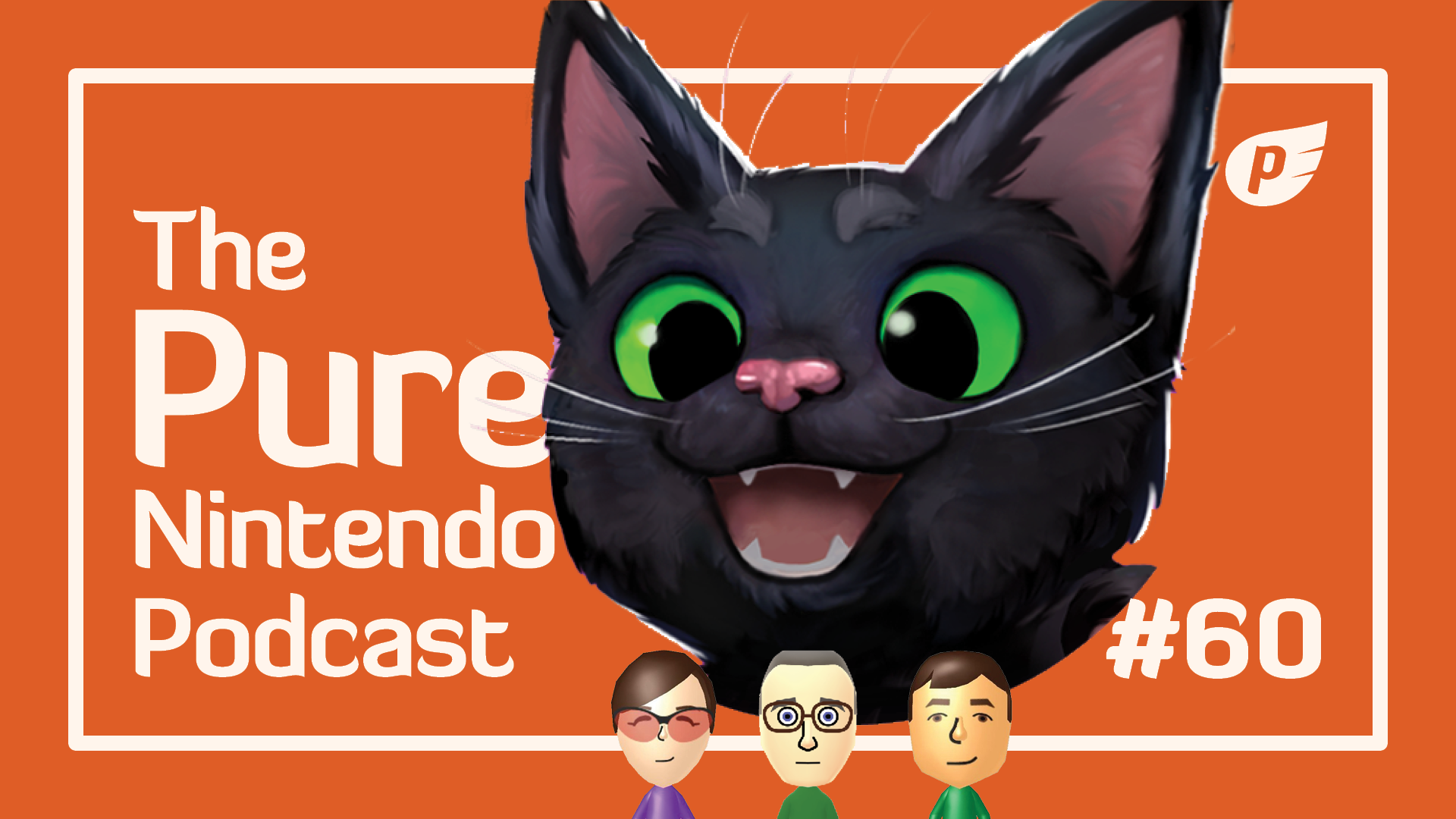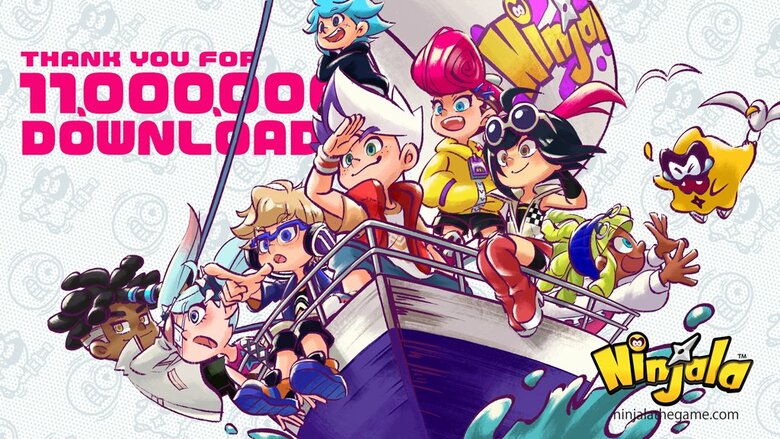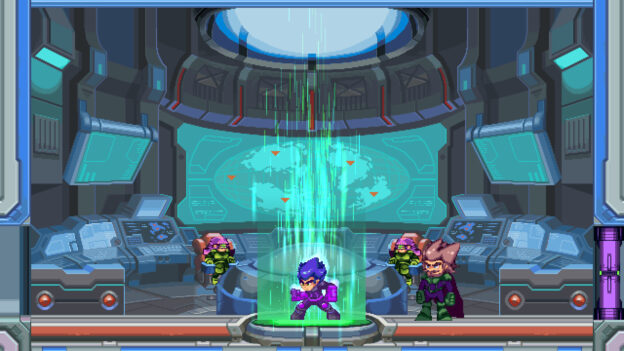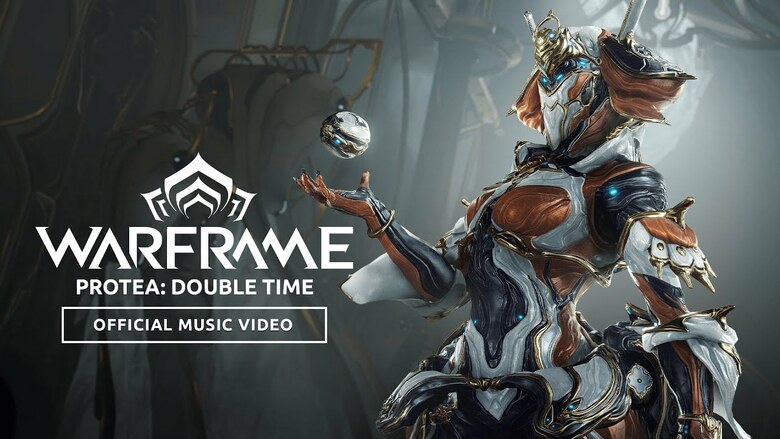Hands-on with Bayonetta Origins: Cereza and the Lost Demon
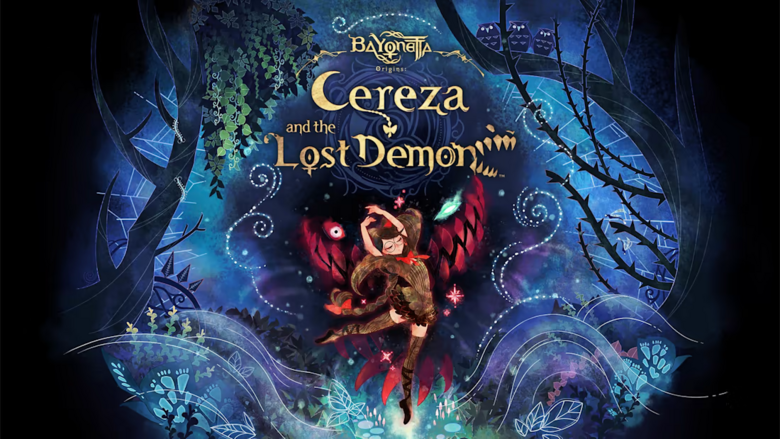
Platinum Games works in mysterious ways. After years of waiting for Bayonetta 3, it only took them two months to announce Bayonetta Origins: Cereza and the Lost Demon. With a rapidly approaching launch date of March 17, 2023, fans won’t be waiting nearly as long to dive back into the world of Bayonetta. I was able to play through one of Bayonetta Origins’ early chapters, and was delighted to discover a wholly unique gameplay style, separating it from previous entries in the series. It may not be what fans expected, but there are some very promising ideas at play here.
Chronologically, Bayonetta Origins is a prequel to the original Bayonetta. Players follow a teenage Cereza (a younger version of series protagonist Bayonetta) on her journey to become a powerful witch. Cereza comes fully equipped with a tragic backstory, and the game starts out with her struggling to learn magic while her mother is imprisoned. During one of these magic attempts, Cereza accidentally summons a powerful demon. Said demon decides to take up residence in Cereza’s stuffed cat, Cheshire, and things really take off from there.
“Cereza and the Lost Demon” isn’t just a clever subtitle; It represents the core of the game, as you’ll be controlling both Cereza and Cheshire simultaneously. You’ll move Cereza around with the left stick, and Cheshire with the right stick, while controlling their actions with the shoulder buttons (both Joy-Cons and Pro Controllers can be used).
At first, making Cheshire and Cereza both move the way you want them to feels a bit like trying to rub your stomach and pat your head at the same time. Anyone who’s familiar with 2013’s brilliant Brothers: A Tale of Two Sons (also available on Switch) might have a leg up when it comes to mastering these controls. That game also relied on the player controlling two characters simultaneously, and I’m excited to see another developer expanding on the concept. I didn’t have enough time to fully master the controls in Bayonetta Origins, but I get the sense that it will become second nature before too long.
Cereza and Cheshire serve very different functions depending on what you’re trying to accomplish. In combat, Cheshire is your primary damage dealer (this makes sense, as he happens to be a giant cat demon with big, sharp claws). You’ll use the trigger to make him hack and slash at various enemies until their health is depleted. Meanwhile, Cereza provides support for Cheshire via her magic. Her starting spell will generate thorny vines that can hold an enemy in place, making Cheshire’s attacks easier to land. There’s a cooldown system requiring you to wait for abilities to be refreshed after use, so you’ll have to be smart about when and where you put them into action.
Again, you’ll be controlling both characters at the same time using two sides of one controller. This dynamic can be a little tricky to wrap your head around, but when you do figure out how best to place and utilize the two characters, it feels like a real accomplishment. Most of the enemies I encountered in the game’s early section were fairly generic, without much in the way of special attacks or abilities. However, as I was still getting used to the combat and the controls, I found these encounters fresh and engaging. I imagine that once you’ve progressed, more advanced enemies could take combat to a much deeper level.
Bayonetta Origins: Cereza and the Lost Demon certainly doesn’t seem as involved as in the other Bayonetta games, which were of course much more focused on intense, high-speed action. If your primary enjoyment of those games came from memorizing combos and unleashing them with expert timing in order to get high scores, you may find Origins lacking. The developers were clearly going for a very different feel here, but I think it’s a successful one, even if it doesn’t provide quite the same challenge.
When you’re not tearing down enemies, much of Bayonetta Origins is focused on solving environmental puzzles. If you thought controlling two characters during combat might be disorienting, this is where the real head-scratchers come into play. As you proceed through the levels, you’ll come across various paths that only one of your two characters will be able to cross. For example, Cereza is too small to reach high platforms, while Cheshire is unable to cross areas filled with demon repelling magic. At these moments, you’ll need to split them up, switching your focus from one character to the other as you go. Often you’ll switch back and forth between them multiple times in order to open up paths for the other, before inevitably reuniting.
The puzzles I experienced were similar to the ones found in many other two player co-op games, only with the added twist of controlling both sides of the equation. None of them were too complicated, but I still managed to get stuck a few times, mostly because I wasn’t paying close enough attention to my surroundings. The developers seemed to have fun playing with perspective, and the areas are cleverly designed to make solving puzzles a satisfying affair.
You’ll also occasionally come across a rhythm-based minigame that requires Cereza to use her magic. You’ll move the left stick in various directions, matching your movements to moon symbols around a circle in time to a beat. Often this will unlock a new pathway to a previously inaccessible area. This is a neat little distraction that helps to break up the larger combat and puzzle sequences. However, I’m hoping that more minigames appear later on for the sake of variety, as I could see this one getting repetitive before too long.
One of my favorite aspects of Bayonetta Origins so far is its visual style. A complete 180 from the originals, the game employs a soft, gentle aesthetic. It’s frequently reminiscent of Hayao Miyazaki’s works (especially Princess Mononoke), and it’s also, dare I say it, downright adorable. Nintendo and Platinum are really leaving money on the table if they don’t start selling Cheshire and Cereza plushies as soon as possible! The game world seems to provide a cozy, inviting atmosphere that’s pleasant to be in, even while angry demons are trying to destroy you.
There’s also a big focus on narrative in Bayonetta Origins. The game features lengthy, storybook-style cutscenes with a great deal of voiced dialogue. From its cute visuals and fairy tale style, you might get the impression that this is a game for younger audiences, and I think that’s true if you’re comparing it to the rest of the series. Origins certainly seems more appropriate and inviting for younger kids than any of the other Bayonetta games (It’s rated T for animated blood and fantasy violence). That said, all of the characters and lore I saw seemed to be consistent with the other games, and nothing felt dumbed down.
Bayonetta Origins: Cereza and the Lost Demon is shaping up to be a very different experience from the original Bayonetta, but you shouldn’t discount it as a disposable or forgettable spin-off just yet. It may not be the direction any of us expected the franchise to take, but everything I saw really hit the mark for me. It’s more accessible and less punishing than Bayonettas 1-3, but what I saw still showed signs of greater depth waiting to be discovered. Keep this one on your radar whether you’re a longtime Bayonetta fan, or completely new to the series.

